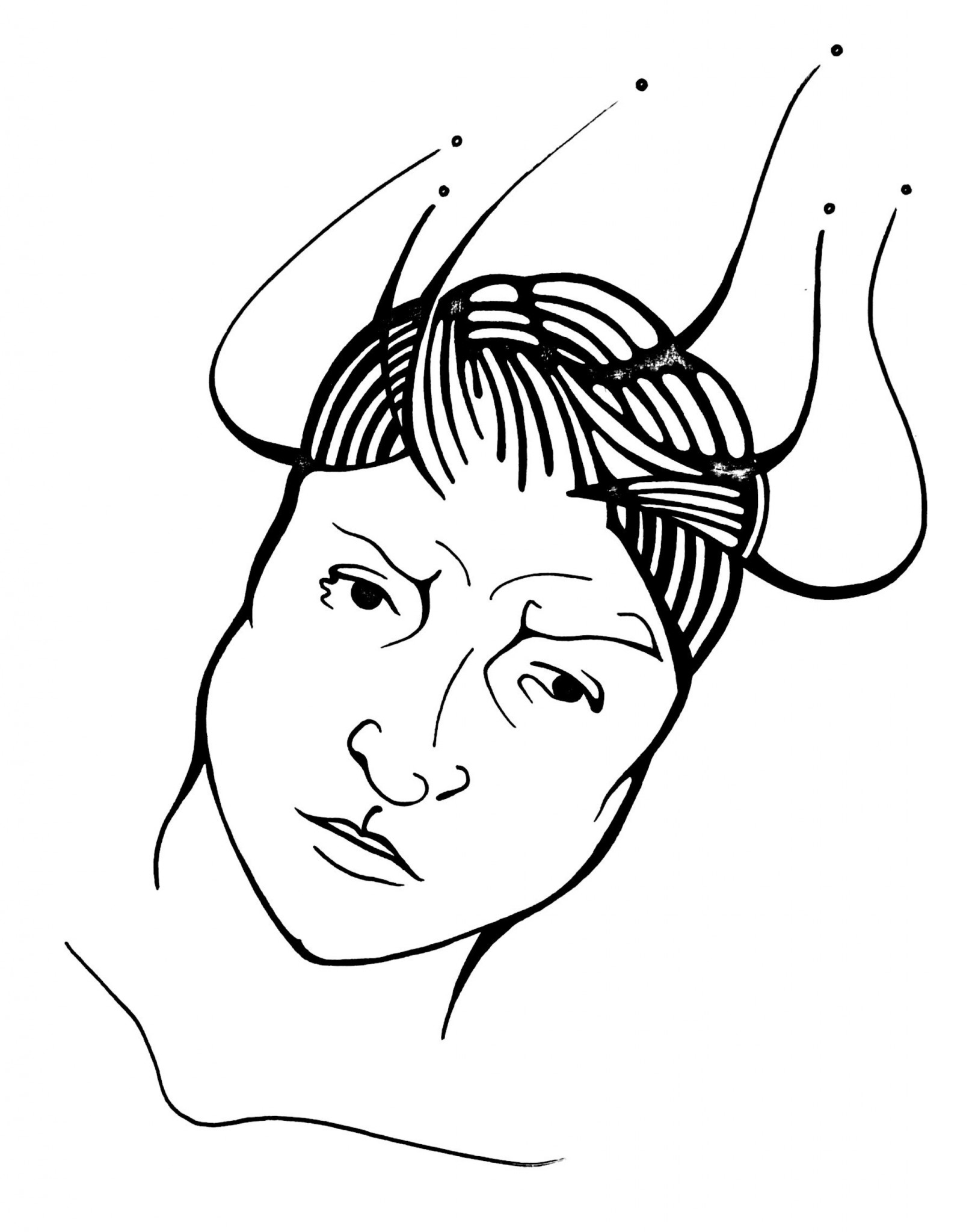From the days of Karl Lashley—who believed each memory leaves a physical trace on the brain—to Dr. Wilder Penfield—whose electrical stimulation studies identified functions pertaining to specific areas of the brain—these scientists are a testament to the value of physically studying the brain in order to understand it.
Last Wednesday, students made their way down the halls of the Strathcona Anatomy and Dentistry building to attend the Neuroscience Undergraduates of McGill’s (NUM) third annual Touching Brains event. Started two years ago by Maria Zamfir, now a student in McGill’s Integrated Program in Neuroscience (IPN), Touching Brains has become one of the most anticipated NUM events of the year, providing students the opportunity to hold, touch, and feel real brains.
Obtaining brains is no easy feat, and required the collaborative effort of the NUM Council, McGill postdocs, TAs, professors, and undergraduates from other faculties.
“I heard they didn’t have mice brains this year,” explained Christina Chou, U2 biology. “And since mice are used so extensively in neuroscience research, I thought it’d be nice for people to be able to see [them] in real life.”
Chou, who was able to provide mice brains courtesy of her lab, was part of a collective effort that provided—along with human—songbird, monkey, and mice brains for students to interact with.
For students with little exposure to the field of neuroscience, the organizers hoped Touching Brains could break down barriers that might discourage their pursuit of knowledge in the field.
“It […] makes neuroscience more approachable,” stated Taiji Wang, NUM president. “Being able to see and touch a real brain inspires a passion for this study that theoretical learning never can.”
Associate neurology professor David Ragsdale was able to provide a comprehensive exhibition on the human brain, a tool that was incredibly insightful for those with no prior knowledge on the brain. Even for those implicated deeply in the field, his intricate and encyclopedic-like presentation was sure to teach something new.
Despite initial hesitance, students soon became accustomed to touching brains; these hands-on experiences NUM advocates for neuroscience and other students alike.
“We spend so many years learning about the brain and yet we never actually get to see them in real life,” explained Shawn Wen, one of the organizers of this year’s NUM event.
Hands-on experiences are an outlet for learning that NUM is seeking to provide for neuroscience and other students alike.
“This event makes the field of neuroscience more accessible and concrete,” Wang said.
“It’s something that is lacking from our classes,” added Henrie Sun, another organizer.
While some students quietly examined the brains, others actively participated by naming the major sulci, classifying cortical cell types and columnar organizations, and identifying Brodmann areas and their associated deficits. The passion and excitement for neuroscience was tangible.
Additional insight came from being able to compare the different animal brains. From the fingernail-sized mice and songbird brains, to the walnut-sized verbid monkey brains, to the remarkably massive human brain, having them all in the same room provided a perspective on the evolution of the brain. Moreover, evolutionary changes in structure, texture, and weight were made even more explicit.
“Being able to compare our brain to other animal brains really puts thing into perspective,” explained Wen. “[It’s interesting because], the way that our brain has adapted […] is not clearly mirrored in the anatomical differences between the different brains.”
When handling the brains, the striking volume of white matter—the tissue connecting between brain areas—was palpable, as well as the petiteness of the internal capsule, a white matter structure. Being able to physically observe these various structures enabled students to form a deeper understanding of their functions.
“Touching Brains is the first opportunity we have to see a physical representation of the theory we learned in class,” stated Wang.
Events like Touching Brains provide students with experiences that help enforce lessons taught in the classroom. or even better, an opportunity to learn something new.








